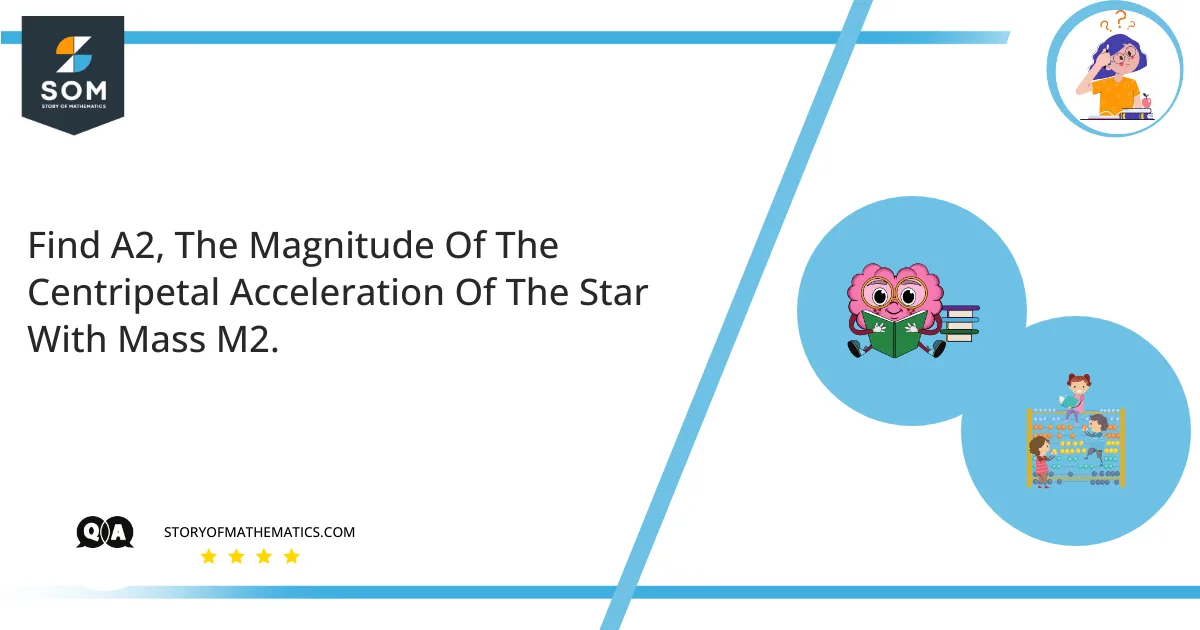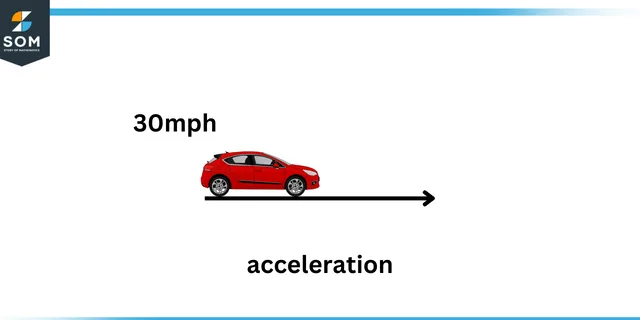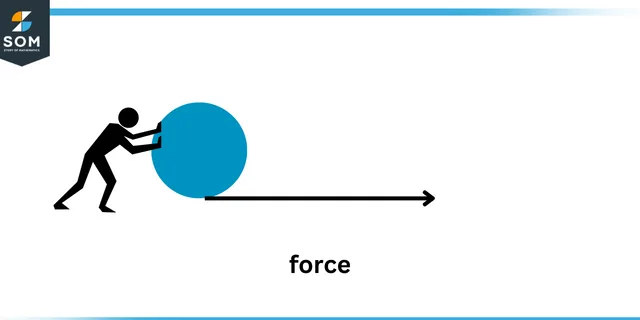
There is a binary star system comprising of a pair of stars with masses denoted by $ m_1 $ and $ m_2 $ and centripetal acceleration denoted by $ a_1 $ and $ a_2 $. Both the stars, while attracting each other, circulate around a center of rotation of the combined system.
This question aims to develop an understanding of Newton’s laws of motion, centripetal force, and acceleration.

Acceleration
According to Newton, a body’s speed can’t be changed unless a force acts on it to generate acceleration. Mathematically:
\[ F \ = \ m a \]

Force

Mass
where $ F $ is the force, $ m $ is the mass of the body and $ a $ is the acceleration.
Whenever bodies move in circular paths, this type of motion is called circulatory motion. To perform or maintain a circular motion, a force is required that pulls the body towards the axis of circulation. This force is called the centripetal force, which is defined mathematically by:
\[ F \ = \ \dfrac{ m v^{ 2 } }{ r } \]
Where $ r $ is the radius of the circular motion. The acceleration during circular motion is also towards the center of the circulation, which is called centripetal acceleration. Comparing the above centripetal force equation with Newton’s second law, we can find the expression for the centripetal acceleration:
\[ a \ = \ \dfrac{ v^{ 2 } }{ r }\]
Expert Answer
Given that:
\[ \text{ centripetal acceleration of star 1 } \ = \ a_1 \]
\[ \text{ centripetal acceleration of star 2 } \ = \ a_2 \]
\[ \text{ mass of star 1 } \ = \ m_1 \]
\[ \text{ mass of star 2 } \ = \ m_2 \]
Assuming:
\[ \text{ centripetal force of star 1 } \ = \ F_1 \]
\[ \text{ centripetal force of star 2 } \ = \ F_2 \]
We can apply Newton’s law as follows:
\[ F_1 \ = \ m_1 a_1 \]
\[ F_2 \ = \ m_2 a_2 \]
Since both the stars exert equal and opposite force of gravitation on each other, we can say that:
\[ \text{ centripetal force of star 1 } \ = \ \text{ centripetal force of star 2 } \]
\[ F_1 \ = \ F_2 \]
\[ \Rightarrow m_1 a_1 \ = \ m_2 a_2 \]
Solving for $ a_2 $:
\[ \Rightarrow a_2 \ = \ \dfrac{ m_1 }{ m_2 } a_1 \]
Numerical Result
\[ a_2 \ = \ \dfrac{ m_1 }{ m_2 } a_1 \]
Example
If mass of star 1 and star 2 are $ 20 \times 10^{ 27 } $ kg and $ 10 \times 10^{ 27 } $ kg respectively, and the centripetal acceleration of star 1 is $ 10 \times 10^{ 6 } \ m/s^{2} $, then calculate the centripetal acceleration of star 2.
Recall the equation:
\[ a_2 \ = \ \dfrac{ m_1 }{ m_2 } a_1 \]
Substituting values:
\[ a_2 \ = \ \dfrac{ ( 20 \times 10^{ 27 } ) }{ ( 10 \times 10^{ 27 } ) } ( 10 \times 10^{ 6 } ) \]
\[ a_2 \ = \ 20 \times 10^{ 6 } \ m/s^{ 2 }\]
